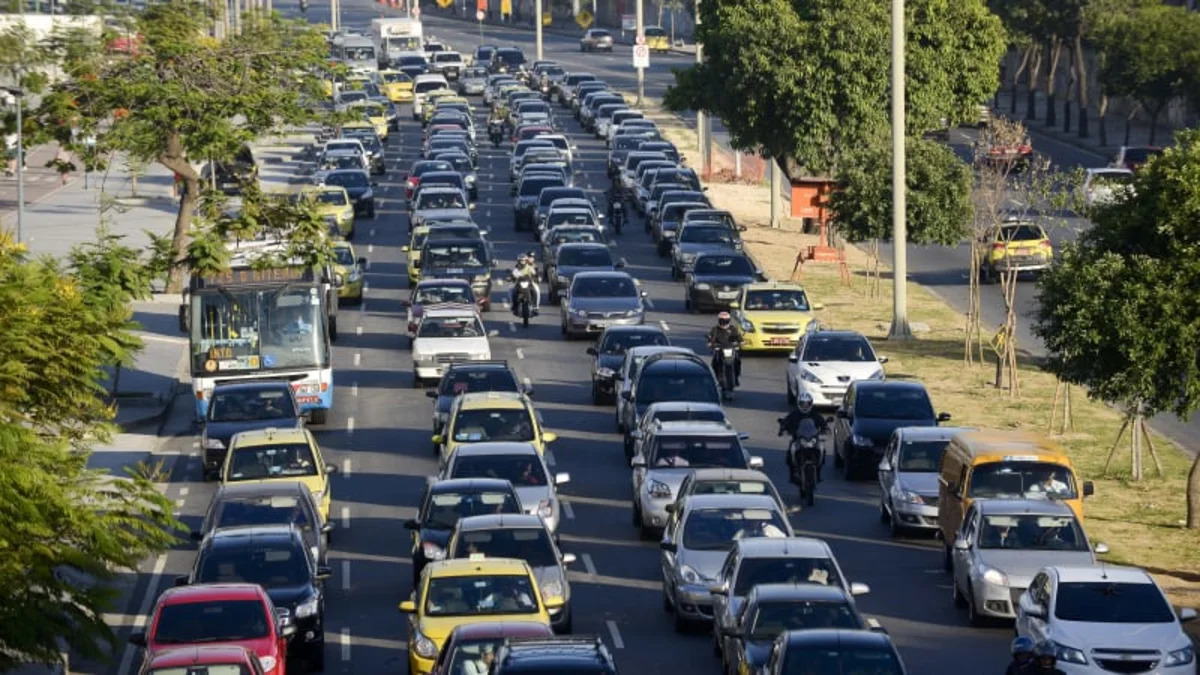If you plan on traveling to South America, you should have no trouble at all renting a car and driving with an American driver's license. South America consists of 12 different countries, each with their own traffic laws. However, the laws are similar from one country to another and to those in the United States.
Traffic law basics in South America
In all South American countries, vehicles drive on the right side of the road and pass on the left, and traffic signs use internationally-recognized symbols. For example, a stop sign is a red octagon, just as it is elsewhere in the world. However, signs are usually written in Spanish, except Brazil, where the official language is Portuguese. So, instead of the word "STOP," look for the word "PARE."
Seat belts are required in most of South America, and texting, talking on a cell phone, or other distracted driving is illegal. In Brazil and Chile, using a hands-free mobile phone is legal; however if you are caught using headphones or smoking and driving in Chile, you may get pulled over.
Speed limits
Speed limits in South America are comparable to those in the United States, however they are posted in kilometers per hour, or km/h, rather than in miles per hour. In towns, speed limits are usually between 50 and 60 km/h. On open roads and highways, speed limits range between 80 km/h and 120 km/h. In some rural areas in Brazil, the speed limit may be as low as 40 km/h. If you want to learn more about the common mph to km/h conversions, read below.
- 40 km/h is 24 mph.
- 50 km/h is 31 mph.
- 60 km/h is 37 mph.
- 80 km/h is 49 mph.
- 100 km/h is 62 mph.
- 120 km/h is 74 mph.
Required documentation
Americans driving in South America should only need their US driver's license and passport, as well as proof of registration and insurance. While it's not required by law in most countries in South America, having an International Driving Permit is highly recommended should you be pulled over by police. Also, Brazil doesn't require drivers to have third-party insurance because it is included in the country's road tax, though it's always recommended to research additional insurance before you travel.
Drinking and driving
Drivers in South America should be especially careful when it comes to alcohol, because the tolerance of blood alcohol levels is often very low. In Columbia and Brazil, the limit is 0.02% BAC. This means that having a single beer could put you over the legal limit. In Uruguay and Paraguay, the limit is 0.08%, the same as in the United States, while in Argentina it's 0.05%
Laws vs. customs
While it's important to always follow local laws, in some parts of South America you may find that your fellow drivers are not as concerned with the regulations as a tourist may be. It's always important to watch for speeding vehicles, as well as drivers who may try to pass on the right side of the road instead of the left. In most South American countries the legal age of driving is 18, and if you plan to rent a car you may be rejected if you are not at least 21. If you do get pulled over, on-the-spot fines requiring you to pay the officer in cash is illegal, and if you attempt to bribe an officer you should expect to be arrested.
Sources


Sign in to post
Please sign in to leave a comment.
Continue